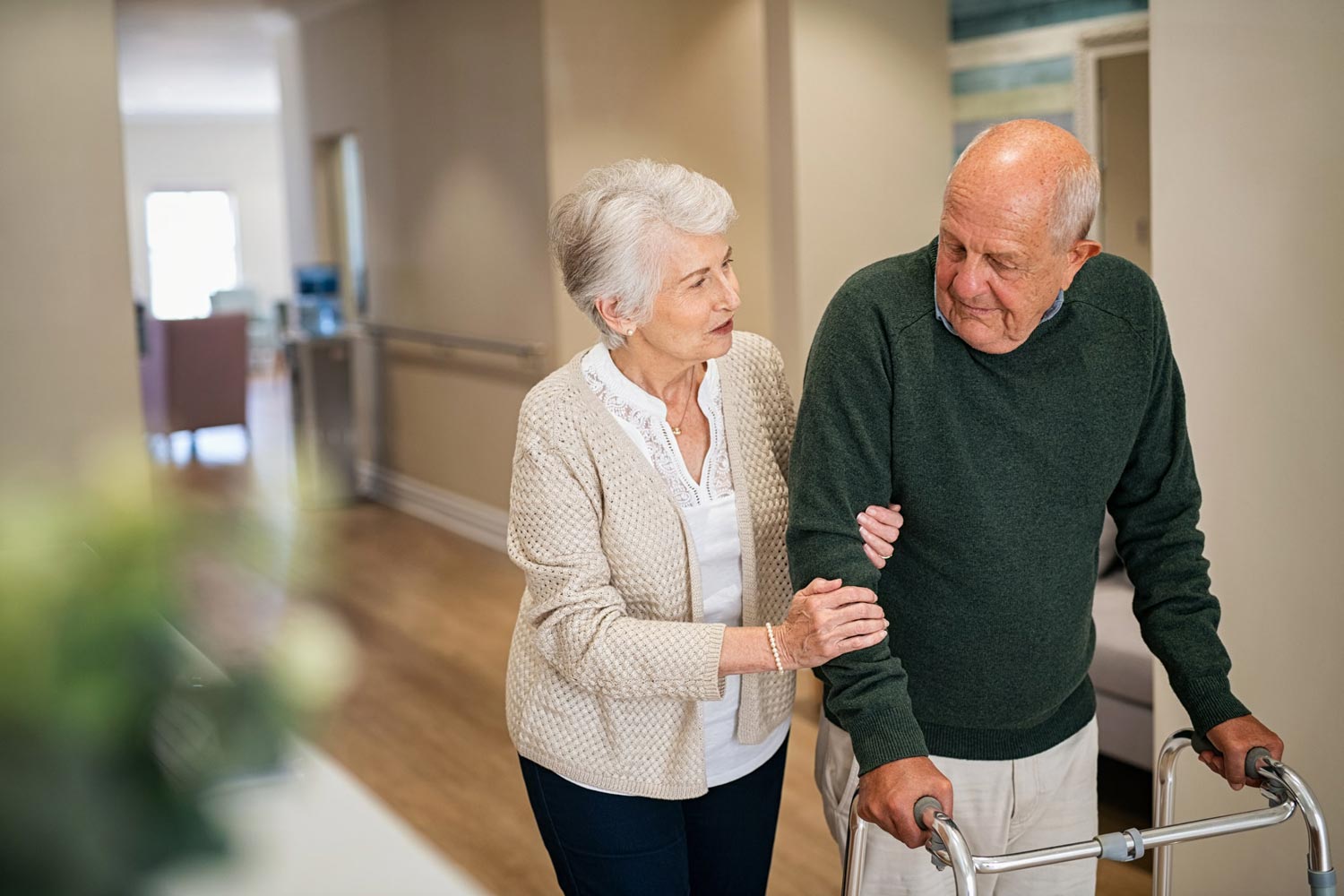Creating a Safe Environment for In-Home Elderly Care
Creating a Safe Environment for In-Home Elderly Care
More seniors are choosing to age in place, staying at home instead of moving into an assisted living facility. But independent living can only be successful with a strong support system and an environment that's safe and secure. Seniors are prone to specific hazards. Understanding what they are and how to reduce the risks is the key to keeping the elderly safe at home.
Focus on Fall Prevention
It would be impossible to talk about keeping the elderly safe at home without a discussion of falls and fall prevention. Falls are the number one cause of injuries among those age 65 and older. Every 11 seconds, a senior gets treatment in the emergency room; every 19 seconds, an elderly American dies because of a fall, according to data from the U.S. Centers for Disease Control and Prevention. Falls are responsible for millions of injuries every year, making fall prevention one of the biggest issues for seniors. Even small changes like upgrading lighting, adding handrails at steps and porches, and removing debris and clutter from walkways can make a big difference.
Prioritize Fire Safety
Fire is one of the biggest safety risks in elderly care. Statistics from the United States Fire Administration show the elderly are more than twice as likely to die in a fire than other demographics. More than 1,000 Americans age 65 and older die from fires every year, with another 2,000 suffering injuries. Making sure there are working smoke detectors on every floor, avoiding smoking and open flames – especially near oxygen – and performing periodic drills to go over the escape plan can help with keeping the elderly safe at home.
Guard Against Poisoning
Dementia, confusion, improper use, and simple mistakes that cause unintentional poisoning is another issue. Support independent living while minimizing the risk of poisoning and medication mix-ups by making sure all medicine is stored in original containers, get rid of anything that's outdated and keep a written list on a calendar of what should be taken and when. Buy pill organizers and fill them with a.m./p.m. medications for easy dosing.
Invest in a Medical Alert System
Caregivers can't be everywhere. An important part of keeping the elderly safe at home is empowering them to get help when they need it. That's what makes medical alert systems so useful for independent living. Whether a health problem or a fall, these wearable devices put help at hand by alerting dispatchers. Caregivers can choose between systems monitored 24/7 or those that alert family or friends when activated.
Take Room-by-Room Action
Successfully aging in place depends largely on being able to thrive in a safe environment. For caregivers, there are decisive actions that can keep the elderly safe at home while reducing caregiver worries and stress. For some room-by-room ideas to reduce potential hazards and risks, consider the following:
Bathrooms
- Check the water heater's thermostat and set it t0o 120 degrees Fahrenheit or lower
- Install grab bars and rubber mats in the tub to lower the risk of slipping
- Use raised toilet seats and a tub chair or bench for mobility assistance
- Store medications, cleaning products, and any potentially toxic chemical safely and securely
Hallways and Stairs
- Remove throw rubs to prevent tripping
- Add a shelf near doorways for packages and mail
- Install handrails and clear debris from stairways
- Make sure there are no wires or cords to trip over
- Upgrade lighting for security
Kitchens
- Increase convenience with appliances that have easy-access controls and mark the on/off positions
- Store potentially hazardous items separate from food
- Store sharp objects like knives in a rack instead of a drawer
- Arrange for grocery deliveries so seniors have access to fresh foods
Living Areas
- Remove throw rugs and make sure wires and cords aren't in walkways
- Eliminate clutter to make the space easier to visually process
- Keep a fire extinguisher on each floor
- Install smoke and carbon monoxide detectors on each floor, ideally outside of the senior's bedroom
The importance of creating a safe environment for in-home elderly care can't be understated. Taking action now can prevent dangerous, costly accidents later. It also makes caregivers' jobs easier and less stressful. Most important, it could save seniors' lives.

